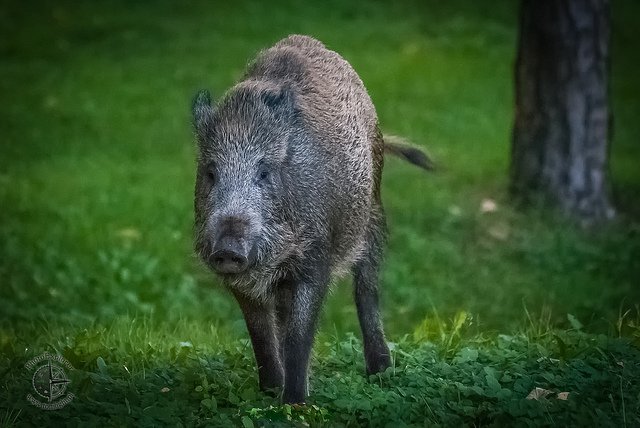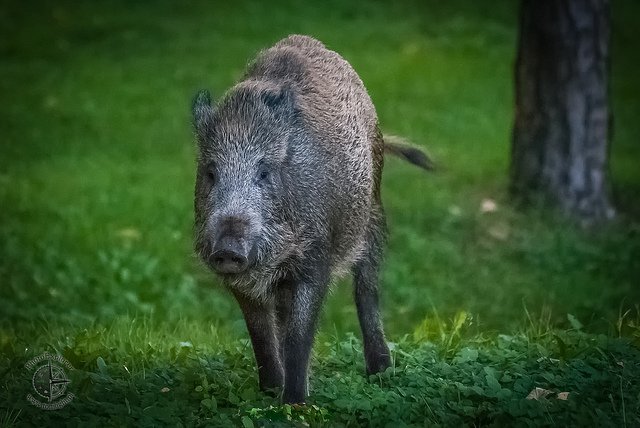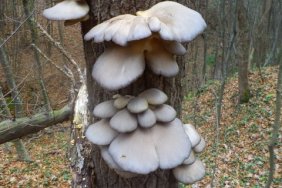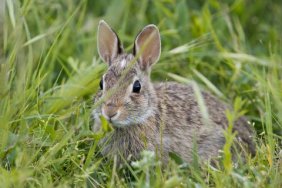
While each season blesses us with its arrival, there’s one that most hunters are not too fond of—it rhymes with bummer. It’s the in-between (somewhere after spring turkey and before deer archery season) and it sends some of us into a kind of anxious melancholy (if there is such a thing). But, there is good news because wild pig hunting is open year round!
If you have never been on a pig hunt, you’re in for some serious adrenaline filled fun. Being that most states are overrun by these invasive critters, you can feel good about contributing to their management. And best of all, they’re great eating.
While there is no official season and no limit, there are a few rules. First, you need to get a special tag. In California, a pig tag will run you a little over 22 bucks. Second, you can’t hunt them at night—so the basic rules of hunting any other wild game applies. Lastly, you can’t use knives, spears or any other weapon that might not ensure a quick, humane kill (check with your state’s guidelines). Other than that, there are no zones to worry about and it’s pretty wide open — considering you know how, when, and where to find them.
Where to hunt
Wild pigs can be found in all but two of California’s 58 counties. Recently, I read that the numbers are increasing in higher elevations. Typically the biggest numbers are found below 2,000 feet. In Northern California, the best spots are from Hollister, north to Mendocino county and in the south, the best areas are between San Luis Obispo and Salinas. In most other states, it’s pretty accurate to assume that low-lying areas with a lot of cover, boast plentiful wild pig populations.
Generally you can have a nice hunt (and a guarantee of a pig) for under a thousand bucks. On a recent trip to the coast, I stopped by a house near Clear Lake that had a “pig hunting” sign on it. The guy said he’d take me out and guarantee me a pig for three hundred bucks. Considering all of the private properties you have to avoid when you’re on your own, that’s a great deal and I was pretty certain he wasn’t a serial killer. Just make darn sure you know where you’re going because most people don’t treat trespassers too kindly.
Locating wild pigs
Believe it or not, wild pigs are incredibly intelligent. Not only are they smart, but they also have good memories. If they see you out hunting them in a particular spot, they are very likely to avoid that spot until they know it’s safe to come back. They have average-to-poor eyesight but their sense of smell is super keen (similar to a deer) and their hearing is even better.
Generally, the first thing you want to do is look for sign. Wild pigs are very destructive animals and it is usually pretty easy to see where they’ve been. Look for areas that are rooted up. They have a tendency to follow trails and have many escape routes. One difference between pig trails and deer trails is that the pigs usually go straight up a hill, while deer and other game tend to traverse. Also look for scat (similar to a dog), bedding areas and tree/bush rubs (look for hair) and wet areas (wallows) such as springs or marshes.
Tracks are similar to deer (wild pig is on the right in the illustration) but they are more round and not pointed in front. Unfortunately, they can be mistaken for goats, sheep and calves. My experience is that usually when you see all the above signs together, you’re in the right spot. Look for the freshest sign and remember that they will usually be on the move when pressured.
Techniques
Wild pigs are very active at night so if you are a deer hunter, you know that the best chances for a kill are early in the morning or right before dusk. They bed near their feeding grounds so there is a good chance that they are in the thick stuff. I have had the best luck by still hunting (similar to what I do for deer). Remember that your scent is usually what gives you away so make sure you’re downwind. Stalking is the best technique for bow hunters and patience is a must. Often, if you’re a good stalker, you can get within 15 yards. If you’ve got a group of hunters, you can also have luck if you do a good drive. First locate and then make a plan. Safety is paramount and so is windage. Make sure everyone is on the same page. Guides often have dogs (yes, it’s legal) and if you are in decent shape, let the hounds do the work and be prepared to walk a ways.
Side-note: Don’t go out of your way to de-scent or wear full camouflage (face mask etc.) like you would when you’re deer or turkey hunting. Most often you will be presented with an opportunity shot.
Like all hunting, awareness is always your best ally. Pigs can become very aggressive when cornered. Pig hunting is very exciting and a challenging sport that will ultimately make you a better hunter and keep you in good shape in the off-seasons. And, the best part is that you can do it year round.
Photo credit: Flickr Creative Commons








